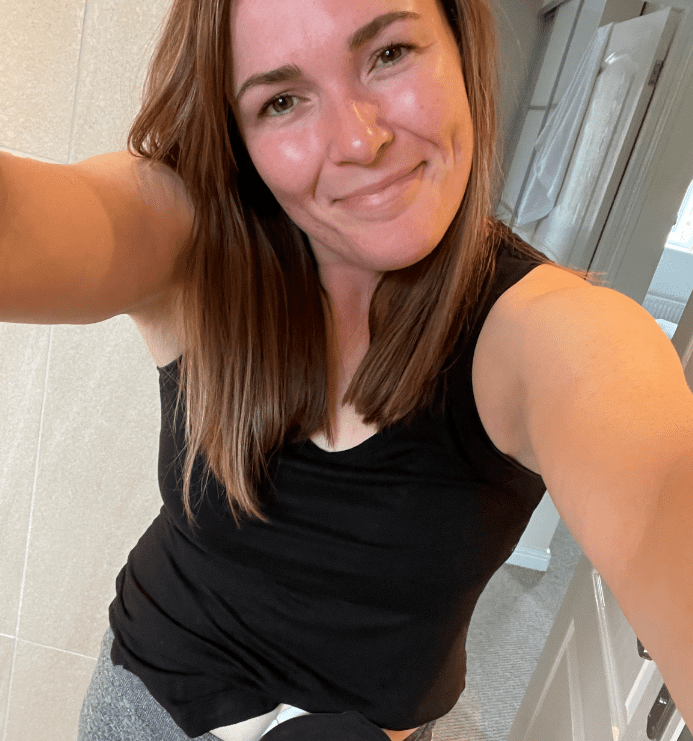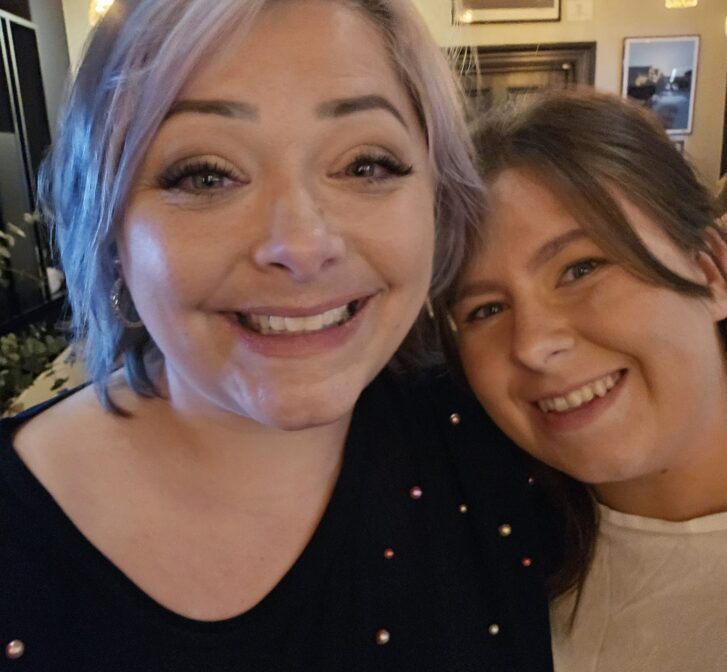Hirschsprungs Disease Awareness Day
September brings with it many conditions for awareness, but the one with a special place in my heart is my own, Hirschsprung’s Disease. Occurring in 1 in 5,000 births in the UK every year, this rare bowel disease is a birth defect that can occur with no family history of the disease. The nerve cells that line the intestines that are needed to move stool along into the rectum for toileting (known as ganglion cells), are not present. Your intestines should rhythmically move stool along in a wave-like contraction, which when failing to do so, causes tummy distention and constipation. There are four types of the condition:
- Ultrashort segment: Missing ganglion cells in the last one to two centimetres of the rectum.
- Short-segment: Missing ganglion cells in the rectum and sigmoid colon (the last segment of the colon).
- Long-segment: Also missing ganglion cells in the first third of the colon.
- Total colonic aganglionosis: Lack ganglion cells throughout the colon. This level is the least common. It causes more severe symptoms than other forms of the disease.
Source: https://www.cincinnatichildrens.org/health/h/hirschsprung
The first symptoms are commonly a distended tummy, failure to pass meconium (a baby’s first poo), and vomiting. Being a more rare condition of the bowel my parents hadn’t heard of it, very much the same as parents and carers today unless they happen to know someone with it, or have seen it mentioned on social media. Unfortunately for me, emergency stoma surgery was needed as all my colon, and part of my small intestine, was affected by the disease. An ileostomy was needed, where the small intestine had to be pulled through to allow waste to exit the body through the stomach wall. If it was the colon, a colostomy would have been formed.
Source: https://www.crohnscolitisfoundation.org/patientsandcaregivers/treatment/surgery/ostomy
It wasn’t until I was two years old that a j pouch was created, where the small intestine was pulled down and folded along itself to form a j shape. The bottom of this was then attached to the anus. This creates a new reservoir for stool to collect, to replace the job of the rectum. Having a j pouch did not equate to a ‘fix’. A childhood of needing the toilet up to ten times a day, having Imodium tablets around the clock, and getting into embarrassing states out of the home and in school had to be accepted as normal everyday life. I always felt ill, and that I would never feel ‘normal’, or get to do things my peers would go on to do. It didn’t help that I didn’t know anyone else that I could relate to. There were little to no resources and computers weren’t accessible to all, certainly during my infant years (I feel old typing that!). Community groups for children with special and additional needs, and social media groups were not heard of.
I started my social media page @gutsy.mum to raise awareness and create a space where questions could be asked and I could connect with others who could relate to my unique position. Little did I know those connections I would need for my own journey. After already having the reversal as a child, four days after my 30th birthday I needed a second stoma surgery, and then refashioning surgery 5 weeks after that. Having my second stoma changed my life completely. I have gone on to have a second child, completed a few half marathons for my son’s hospital charity Noah’s Ark Children’s Hospital in Wales, and held down employment without being in pain.
I truly feel sorry for my parents and those that lived before them, that navigated this disease with such lack of medical advancement and communication technology. We are so fortunate to live with the NHS, and to have stoma nurses and gastroenterologists providing knowledge and care for ostomates. By sharing our stories, reaching out, and taking part in genetic research, I hope the future for our children will continue to get brighter and brighter. Even down to your stoma bag manufacturer, websites are full of medical advice from a stoma nurse, and blogs of people’s real life experiences.
If you want to hear more Hirschsprung’s Stories, head over to @toms_hirschsprungs_podcast, where he has around twenty five guests on his podcast sharing their experience from all walks of life, ages and types of the condition. There are some of us out there on social media so be sure to search for the Hirschsprung’s Disease hashtag, or HD as it is also known.
Until next time,
Rach x

Meet the blogger: Rachel
Rachel is a part time baker and healthcare blogger who started raising awareness of stoma surgery following the birth of her son Jake. Jake was born with the same condition as Rachel, Hirschsprungs Disease. The disease affects 1 in 10,000 births in the UK every year, where the ganglion cells…








